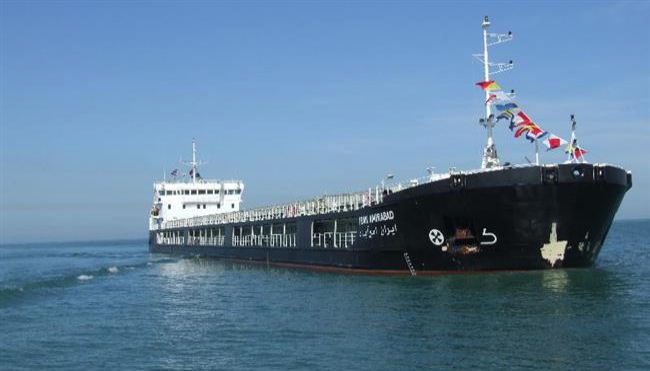Sea Freight Service For Caspian Sea Progresses Between Russia and Iran
2 Dec 2015

Russia’s Federal Marine and River Transport Agency recently announced the arrival of a sea freight vessel’s arrival in the port of Astrakhan last week. The ferry had travelled 2,207 km via inland water ways over 20 days.
Yet to be fitted with navigational equipment, the ship has a buyer already. Despite this limitation, the Bakhtiyar obtained a permit from the Russian authorities to travel the rivers from Saint-Petersburg to Astrakhan on the north west coast of the Caspian Sea.
155.8 m long and 17.5 m wide, with a draught of 3.4 m, for the Nizhny Novgorod hydrosystem leg of its journey, special measures had to be undertaken for the ship to pass through low water levels. This follows the very first shipping passenger and vehicle freight vessel, the Berkarar, which took the same route through Russia last year as part of the same contract.
This second RO-PAX class shipping services will offer regular transportation of passengers, trucks and other vehicles and marks further progress in building freight transportation network services in the region, linking Baku in Azerbaijan) and Olya in Russia with Enzeli and Amirabad in Iran.
It coincides with Russia and Iran currently negotiating setting sail to begin freight ferry services between the major Caspian ports, including Makhachkala and the Astrakhan region. These developments have come in the wake of sanctions against Iran being lifted and the Russian Minister of Transport, Maxim Sokolov have expressed their interest in a cross Caspian Sea freight route between the two countries. There are already plans in place for cargo freight from Iran to deliver to the Russian Port of Olya in the Astrakhan region. There are also discussions including “multimodal logistics” capacity in Tatarstan Sviyazhsk on the Volga River.
Iran’s pressing needs to develop the construction industry and provide infrastructure for a burgeoning middle class and business sector means that building materials are expected to soon come on line from Russia to Iran via overseas shipping. Conversely, Iran will be shipping cereals to Russia in return.
Iran’s oil and gas reserves will also be of interest to Russia, who currently export already to a handful of countries, including in European markets. Co-operation on developing the energy resources and refining is already going ahead with agreements with Russia and China. The U.S.A. are likely to want a share of oil too, despite their own current boom in shale gas, because they will want to decrease dependence on some OPEC countries.
Sokolov said last week that the Caspian sea freight route will provide a stop gap, whilst there is still: “…the lack of direct rail link between Iran and European part of Russia (which) is seriously disturbing the trade.”
This latest logistics development involves a range of Russian ports, aside from Olya, a privately owned port, “…but also various major ports of the Russian Federation in the Caspian Sea, including Makhachkala”, he said.
Businesses looking to learn more about the Iranian-Russian logistics cooperation should keep an eye on the Working Group on Transport of the Russian-Iranian intergovernmental commission, a public-private partnership.
This progress on international transport is great news for Iranian businesses, providing more import and export opportunities for regional expansion. Companies can expand their geographical reach with a wider range of options for cargo services between the neighbouring countries around the Caspian Sea.
The White Rose Group will be bringing more news on sea freight developments around the region, as we get the news via our own extensive networks already coming to us to make the most of the burgeoning opportunities coming out of Iran’s post-sanctions growth.

our contact form.
The White Rose Group looks forward to hearing from you.



